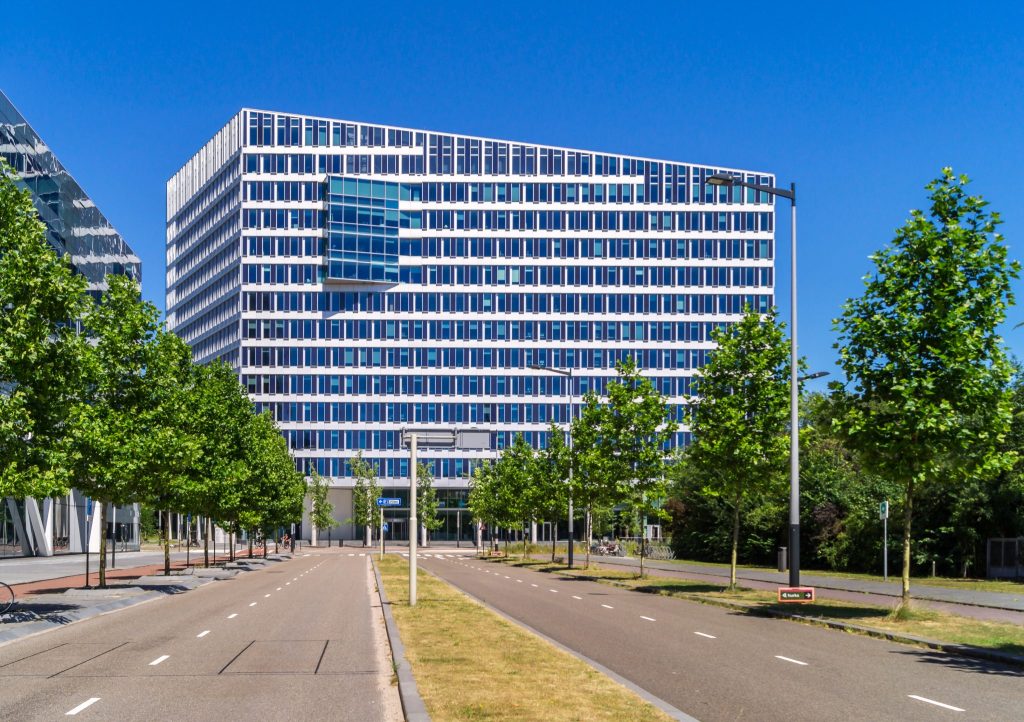Long-term Cost Savings of Sustainable Construction Methods
Living a sustainable lifestyle is not only beneficial for the environment, but it can also have significant long-term cost savings. One area where this is particularly evident is in the construction of homes and buildings. By adopting sustainable construction methods, individuals can reduce their energy consumption, minimize maintenance costs, and increase the longevity of their structures.
One of the primary ways that sustainable construction contributes to long-term cost savings is through reduced energy consumption. Traditional homes often rely heavily on fossil fuel-based energy sources for heating, cooling, and electricity. In contrast, sustainable construction focuses on incorporating energy-efficient features such as proper insulation, high-performance windows, and efficient HVAC systems.
Proper insulation plays a crucial role in reducing heat loss during winter months and preventing heat gain during summer months. This means homeowners can significantly lower their reliance on artificial heating or cooling systems throughout the year. As a result, they can enjoy substantial reductions in their utility bills while minimizing greenhouse gas emissions from traditional power sources.
High-performance windows are another essential component of sustainable construction methods. These windows are designed to provide excellent thermal insulation while allowing ample natural light into the building. By harnessing natural light effectively, homeowners can reduce their dependence on electric lighting during daytime hours.
Furthermore, efficient HVAC (heating ventilation and air conditioning) systems are integral to sustainable construction projects. These systems use advanced technologies like geothermal heating/cooling or solar-powered units to maintain optimal indoor temperature levels with minimal environmental impact. By investing in these energy-efficient alternatives upfront, homeowners will experience considerable savings over time by reducing their monthly utility bills while enjoying comfortable living conditions.
Another aspect to consider when discussing long-term cost savings in sustainable construction is maintenance expenses reduction. Sustainable building materials tend to be more durable than traditional ones due to increased resistance against weather elements and pests’ intrusion.
For example, using recycled plastic composite decking instead of conventional wood decking offers several advantages: it lasts longer, requires less maintenance (e.g., no need for staining or sealing), and is resistant to mold, rot, and insect infestation. While the initial cost of sustainable materials might be slightly higher, their increased lifespan translates into fewer repairs and replacements over time.
Moreover, sustainable construction methods often prioritize water conservation. Features like rainwater harvesting systems or low-flow plumbing fixtures can significantly reduce water consumption in a home or building. This not only benefits the environment but also leads to substantial savings on water bills.
In addition to energy efficiency and reduced maintenance costs, sustainable construction promotes overall longevity of structures. By using high-quality materials that are designed to withstand environmental factors more effectively, buildings constructed with sustainability in mind have a longer lifespan than traditional ones.
For instance, metal roofs are increasingly popular in sustainable construction due to their durability and resistance against extreme weather conditions such as storms or wildfires. By investing in a metal roof upfront, homeowners can avoid frequent roof replacements associated with conventional roofing materials like asphalt shingles.
Furthermore, sustainable construction techniques focus on proper site selection and design principles that take advantage of natural elements like sunlight and wind patterns. By harnessing these natural resources effectively through passive solar heating or natural ventilation systems, homeowners can reduce their reliance on mechanical heating/cooling systems while maximizing comfort levels within the building.
While it’s true that adopting sustainable construction methods may involve higher upfront costs compared to traditional approaches; the long-term cost savings they provide make them an attractive option for those looking towards rural living and homesteading lifestyles. The reduction in energy consumption results in lower utility bills month after month while minimizing carbon footprint contributions.
Additionally, by incorporating durable materials and implementing effective maintenance practices from the start; homeowners will enjoy decreased repair expenses throughout the life span of their homes. Lastly yet importantly; prioritizing sustainability ensures that structures are built to last for generations while optimizing comfort levels through efficient use of natural resources available at each site.
By embracing sustainable construction methods, individuals can save money in the long run while creating a more environmentally friendly future. The initial investment is outweighed by the numerous benefits and cost savings associated with reduced energy consumption, lower maintenance expenses, and increased durability. So why not consider sustainable construction for your next building project? It’s a win-win situation that benefits both your wallet and the planet.


Leave a comment